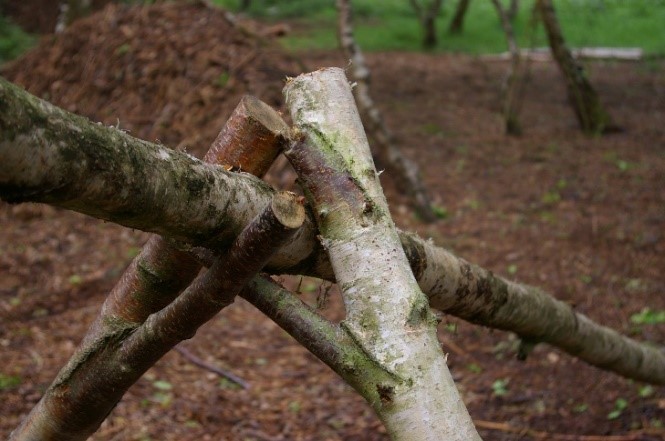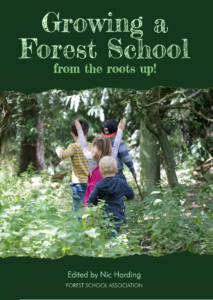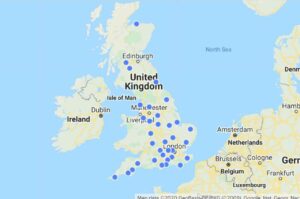Dave Watson looks at outdoor learning
Never has there been a more critical time to grasp hold of the potential of outdoor learning. Many of us understand that so much can be done outdoors and there have been some great stories of schools creating outstanding learning opportunities in an outdoor setting. What I am also very aware of is that many schools are not confident in delivering sessions outdoors and more importantly are unaware of the vast possibilities that are before us if we take a closer look.
In this article I want to stir up some thoughts and concepts as well as offer some examples of sessions which can create firm foundations for significant learning. I also wish to expose a few myths about certain aspects of particular woodland-based learning in order to encourage the wider use of some quite inspirational Bushcraft skills.
Learning I am sure has many definitions but here is mine:
To be inspired/encouraged to seek a level of knowledge/confidence in a given subject /skill without the interference of undue judgement or presumption.
One of the most common Bushcraft based sessions in Outdoor Centres is Shelter building. On the surface it seems pretty straight forward as all we need is a stack of branches, a few trees and we can more or less let the children play for 45 minutes or so.
Well, there are a number of problems with this approach starting with a potential lack of safety both during a session or any time after if people are allowed to wander around these areas.
Let us have a look at the other end of the scale and consider how a quality shelter might look like and the potential opportunities this might draw out.
Now I suspect a number of you, especially those working with children under 7 years old to be thinking that this is way beyond what is useful or necessary. Our children want to play. I understand this thought very much, I have heard it regularly, so allow me to explain and give you a couple of concepts.
Suppose you build this shelter properly today and set up an equivalently good natural bed; suppose also that you spend the night out in this shelter and find that you have kept dry; suppose you take a photo of you and the shelter and take it back to show your young students and tell them of the adventure you have had.
Do you think they might be inspired?
So far, I have only ever had either stunned silence or clear ‘Yes`s’ in response to this.
So. assuming that I have got your attention let’s take a look at a couple of clear curriculum type links and experiments you can use to take this learning further.
In order to build an effective shelter, you will need to look at a number of safety factors such as overhead dangers, even ground etc. but also in the type, size and quality of the main poles used. This in itself opens up some advanced sessions on density of wood however this is best drawn out in other subjects such as friction fire where the finer qualities of wood are more critical (another article).
The angles of the main forked poles have significance in several ways. Firstly, the angle of the fork itself needs to be able to grip the ridge pole without putting undue strain risking it splitting along its weak point. Secondly the overall angle of the forked poles wants to be around 80 degrees (see photo below). This provides the basis of an effective run off if combined with efficient thatching, whilst still allowing a generous amount of space inside. This is also in line with overall structural strength.


In addition to all these I would suggest that combining a quality shelter building session with an equally good fire lighting session there would be a great basis for an adventure story within your English lessons.
Now let’s take this a little bit further. There are various science-based sessions here which are being run by teachers and instructors. I will give you an example.
Take a selection of single skinned flasks in which you pour boiling water. With obvious protection against burning hands place one of these on exposed, ideally damp ground. Place another off the ground and another inside a shelter on or in some dry bedding material such as bracken or leaves ensuring it is a few inches thick to provide good protection. Now check the temp at the start and record it. An hour later check it and after 2 hours or the end of your session check each one again. Did the results match with what you expected? Simple graphs can be drawn up for this.
There really is a very wide range of quality sessions that will engage children, teaching them not only curriculum topics but valuable lessons for life.




